An exceptionally fine Louis XVI 'secrétaire à abbatant' by François Rübestück (circa 1722 - 1785, master 1766) Paris, circa 1770/75 Stamped F. RUBESTUCK, with a shaped white marble top above a drawer with inlay of a string of rosettes in connected circles, ormolu corner ornaments with laurel festoons, the exterior of the writing surface with marquetry basket of flowers and fillets, counter balance, the inside lined with gold-pressed green leather, fitted interior with three compartments above a small compartment flanked by three marquetry drawers on each side, the lower section with two doors, bouquets of flowers and an ormolu mounted apron, the sides with matching marquetry inlay, the veneer in tulipwood, rosewood, sycamore maple and various precious woods. H. 133.9 x W. 78.8 x D. 38.6 cm Provenance: - Mr. & Mrs Maurice Frank Glanville, England - Private collection, the Netherlands Literature: - P. Kjellberg, Le mobilier français du XVIIIe siècle, Paris, 1989, p. 744 (biogr. information) - J. Nicolay, L'art et la manière des maîtres ébénistes français au XVIIIe siècle, Vol. I, Paris, 1976, p. 414f. (biogr. information) Note: Restored by Italian furniture maker, Stefano Blantelli, commissioned by Moinat antiques dealers, Route de Genève 20, Rolle, Switzerland (written in pencil on the reverse of one drawer). Article 36 of the Community of Joiners and Cabinetmakers Law of 1743 (only in force until 1751), stated that “each master cabinetmaker and community will be required to have his own specific mark, (…) a master cabinetmaker cannot produce any work, except those working on buildings, without having first added their mark…”. This obligation was neither a means of advertising or method of receiving taxes; the mark of each master cabinetmaker enabled the upholsterers to verify the quality of the furniture offered for sale. Independent workers were thus excluded from sales. This law was not entirely novel; it succeeded the order of the Paris Parliament of December 1637, which itself followed a law from 1467 that was rarely applied. According to B. Pallot: “The primary reason for the stamp arose from the desire of the Community of Joiners and Cabinetmakers to control their work and prevent counterfeits by independent workers”. The JME mark (Jurande des Menusiers Ebensites – a jury of cabinet masters) used by sworn joiners and cabinetmakers, was affixed in the master craftsman’s workshop by the sword joiners during four annual inspections. By 1743, this law was being strictly enforced and any master craftsman who breached it risked “confiscation and a twenty pound fine per unmarked item”. It was only abolished at the time of the Revolution. Amongst the most successful sword joiners and cabinetmakers were Roger Vandercruse (1728-1799), Martin Carlin (circa 1730-1785), Jean-Henri Riesener (1734-1806), Charles Topino (1742-1803), Adam Weisweiler (1744-1820) and Jean-Joseph Chapuis (1765-1864). Perhaps the most renowned Dutch cabinetmaker was Matthijs Horrix (1735-1809) whose work was widely appreciated, especially by the Stadholders Court (House of Orange) and its entourage, because he worked to the fashionable taste of Paris. The stamps of the master craftsmen, corporations and well-known workshops were applied using toughened iron stamps; hand hewn from one block. They were very expensive but were re-used over the course of many decades. Each stamp was therefore unique; either due to its size, the characters used, the layout or positioning of the letters. B. Pallot, L’Art du siège au XVIIe siècle, ACR Gismondi, Paris, 1987
An exceptionally fine Louis XVI 'secrétaire à abbatant' by François Rübestück (circa 1722 - 1785, master 1766) Paris, circa 1770/75 Stamped F. RUBESTUCK, with a shaped white marble top above a drawer with inlay of a string of rosettes in connected circles, ormolu corner ornaments with laurel festoons, the exterior of the writing surface with marquetry basket of flowers and fillets, counter balance, the inside lined with gold-pressed green leather, fitted interior with three compartments above a small compartment flanked by three marquetry drawers on each side, the lower section with two doors, bouquets of flowers and an ormolu mounted apron, the sides with matching marquetry inlay, the veneer in tulipwood, rosewood, sycamore maple and various precious woods. H. 133.9 x W. 78.8 x D. 38.6 cm Provenance: - Mr. & Mrs Maurice Frank Glanville, England - Private collection, the Netherlands Literature: - P. Kjellberg, Le mobilier français du XVIIIe siècle, Paris, 1989, p. 744 (biogr. information) - J. Nicolay, L'art et la manière des maîtres ébénistes français au XVIIIe siècle, Vol. I, Paris, 1976, p. 414f. (biogr. information) Note: Restored by Italian furniture maker, Stefano Blantelli, commissioned by Moinat antiques dealers, Route de Genève 20, Rolle, Switzerland (written in pencil on the reverse of one drawer). Article 36 of the Community of Joiners and Cabinetmakers Law of 1743 (only in force until 1751), stated that “each master cabinetmaker and community will be required to have his own specific mark, (…) a master cabinetmaker cannot produce any work, except those working on buildings, without having first added their mark…”. This obligation was neither a means of advertising or method of receiving taxes; the mark of each master cabinetmaker enabled the upholsterers to verify the quality of the furniture offered for sale. Independent workers were thus excluded from sales. This law was not entirely novel; it succeeded the order of the Paris Parliament of December 1637, which itself followed a law from 1467 that was rarely applied. According to B. Pallot: “The primary reason for the stamp arose from the desire of the Community of Joiners and Cabinetmakers to control their work and prevent counterfeits by independent workers”. The JME mark (Jurande des Menusiers Ebensites – a jury of cabinet masters) used by sworn joiners and cabinetmakers, was affixed in the master craftsman’s workshop by the sword joiners during four annual inspections. By 1743, this law was being strictly enforced and any master craftsman who breached it risked “confiscation and a twenty pound fine per unmarked item”. It was only abolished at the time of the Revolution. Amongst the most successful sword joiners and cabinetmakers were Roger Vandercruse (1728-1799), Martin Carlin (circa 1730-1785), Jean-Henri Riesener (1734-1806), Charles Topino (1742-1803), Adam Weisweiler (1744-1820) and Jean-Joseph Chapuis (1765-1864). Perhaps the most renowned Dutch cabinetmaker was Matthijs Horrix (1735-1809) whose work was widely appreciated, especially by the Stadholders Court (House of Orange) and its entourage, because he worked to the fashionable taste of Paris. The stamps of the master craftsmen, corporations and well-known workshops were applied using toughened iron stamps; hand hewn from one block. They were very expensive but were re-used over the course of many decades. Each stamp was therefore unique; either due to its size, the characters used, the layout or positioning of the letters. B. Pallot, L’Art du siège au XVIIe siècle, ACR Gismondi, Paris, 1987

.jpg?w=400)

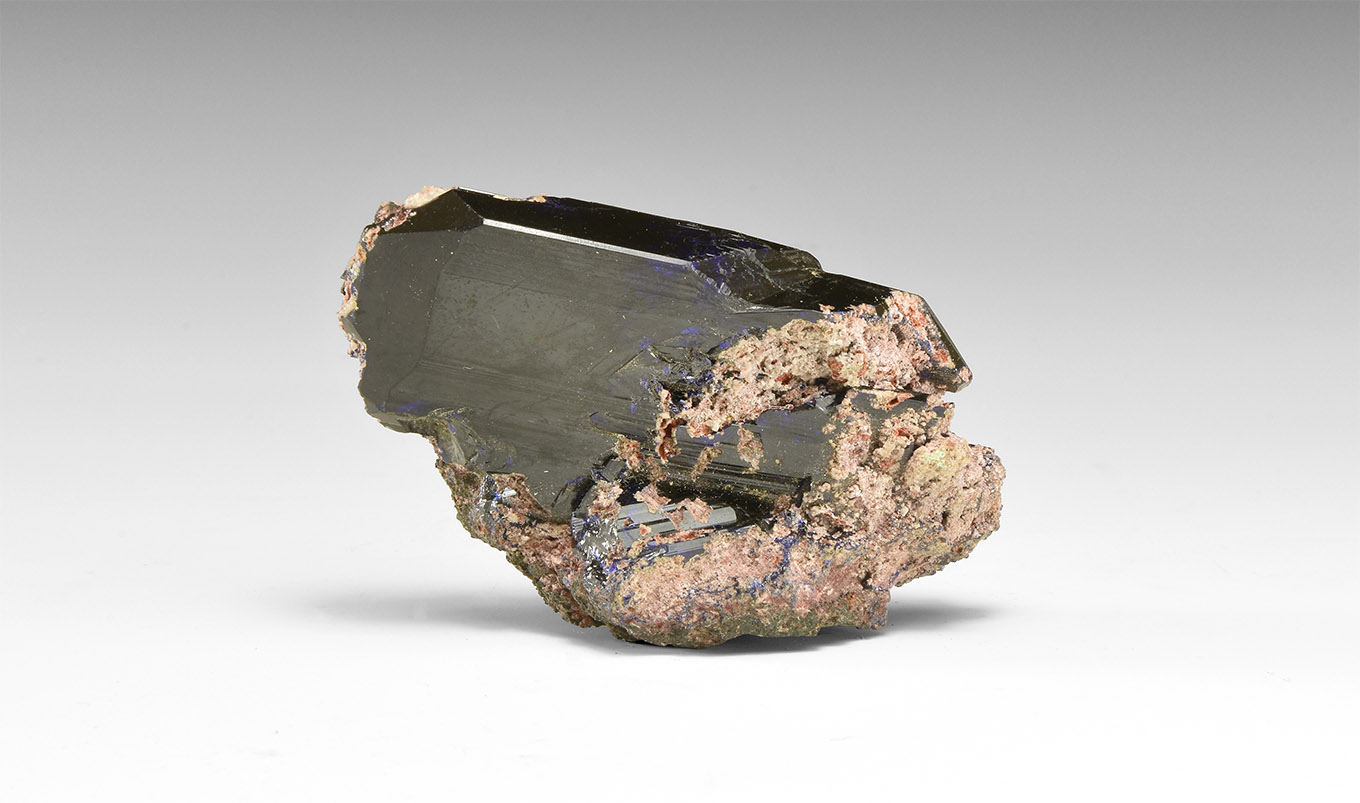
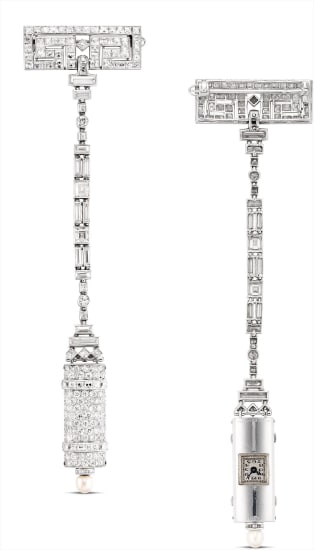


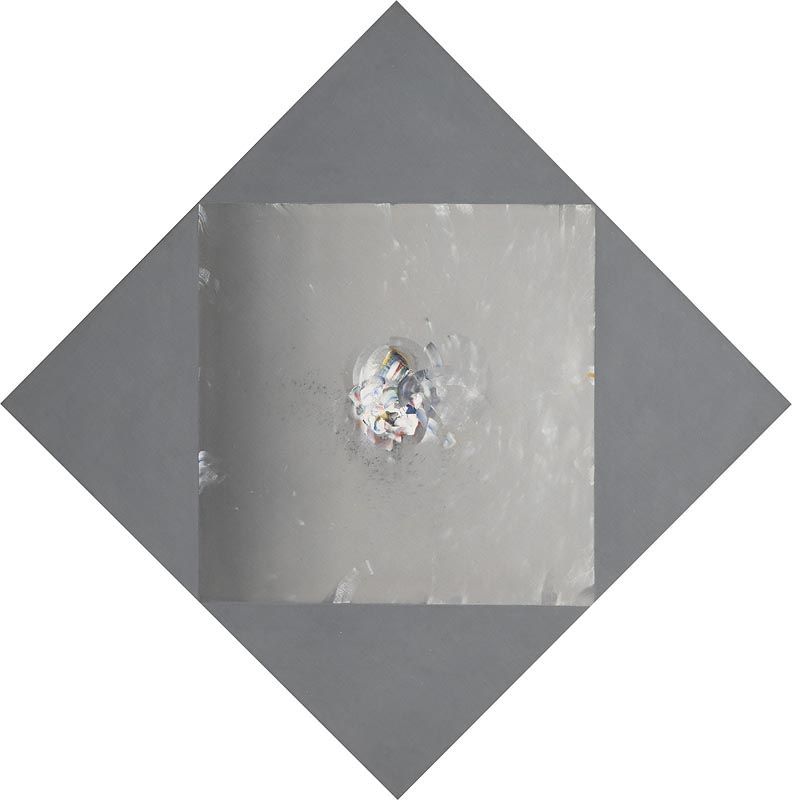

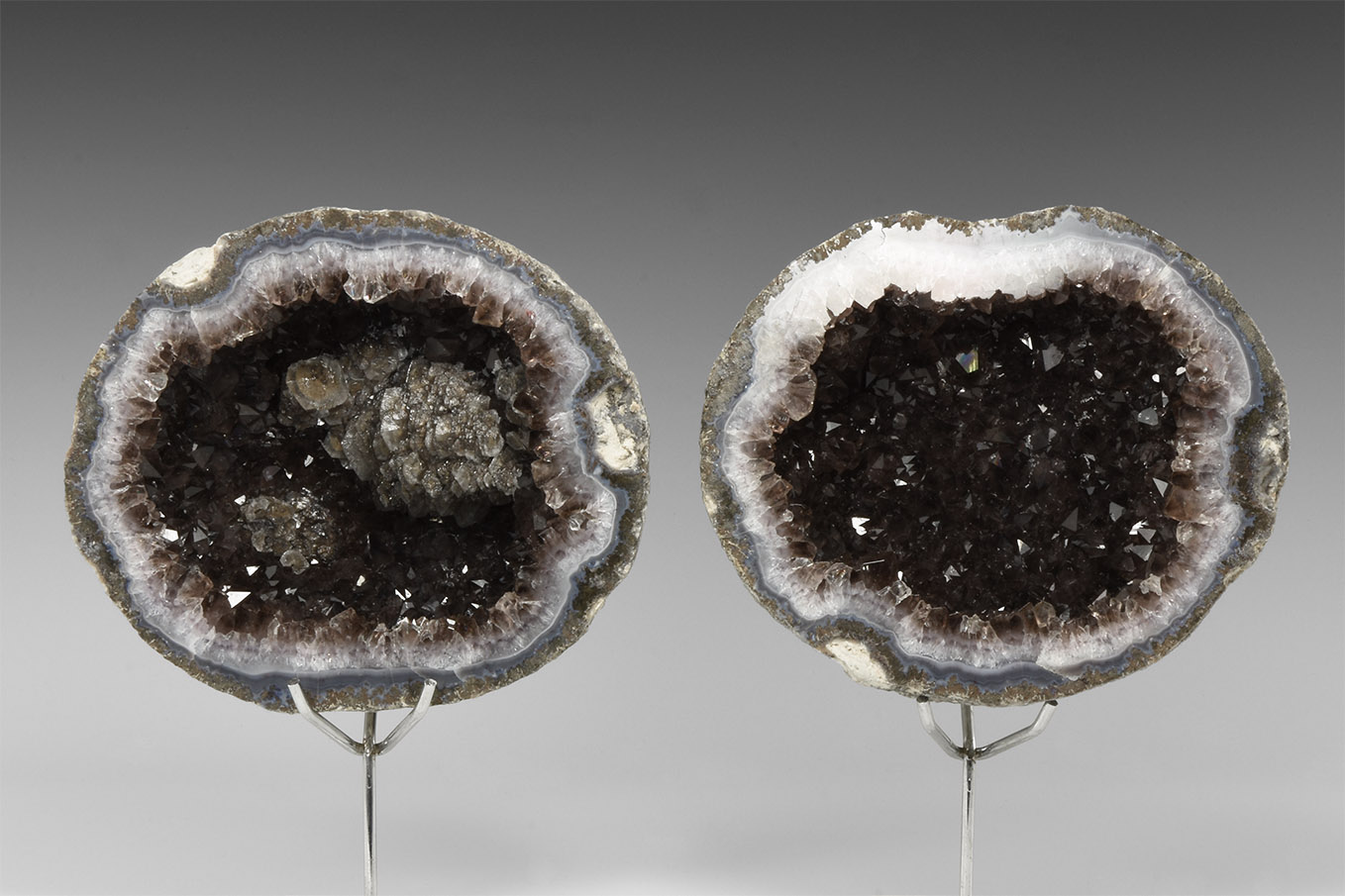
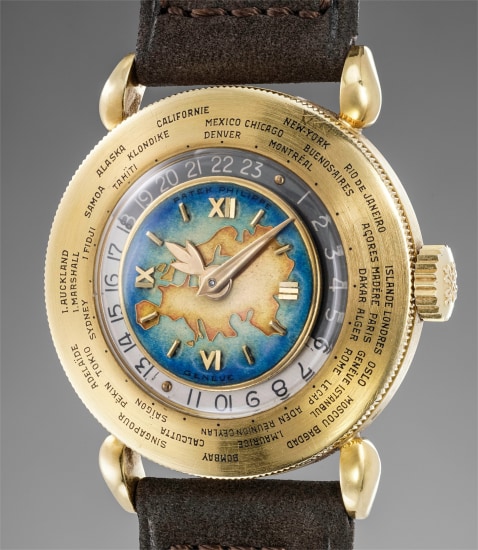

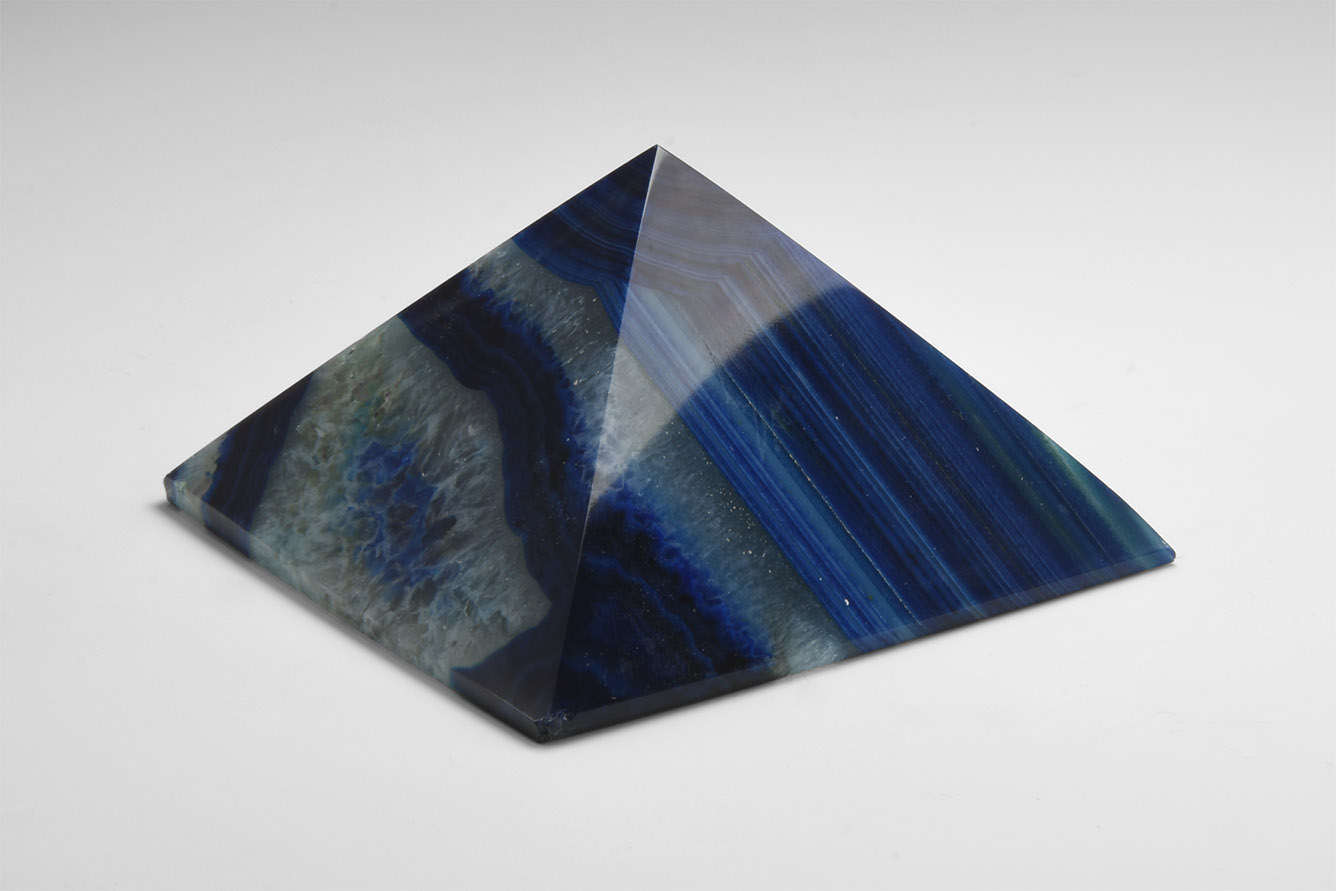

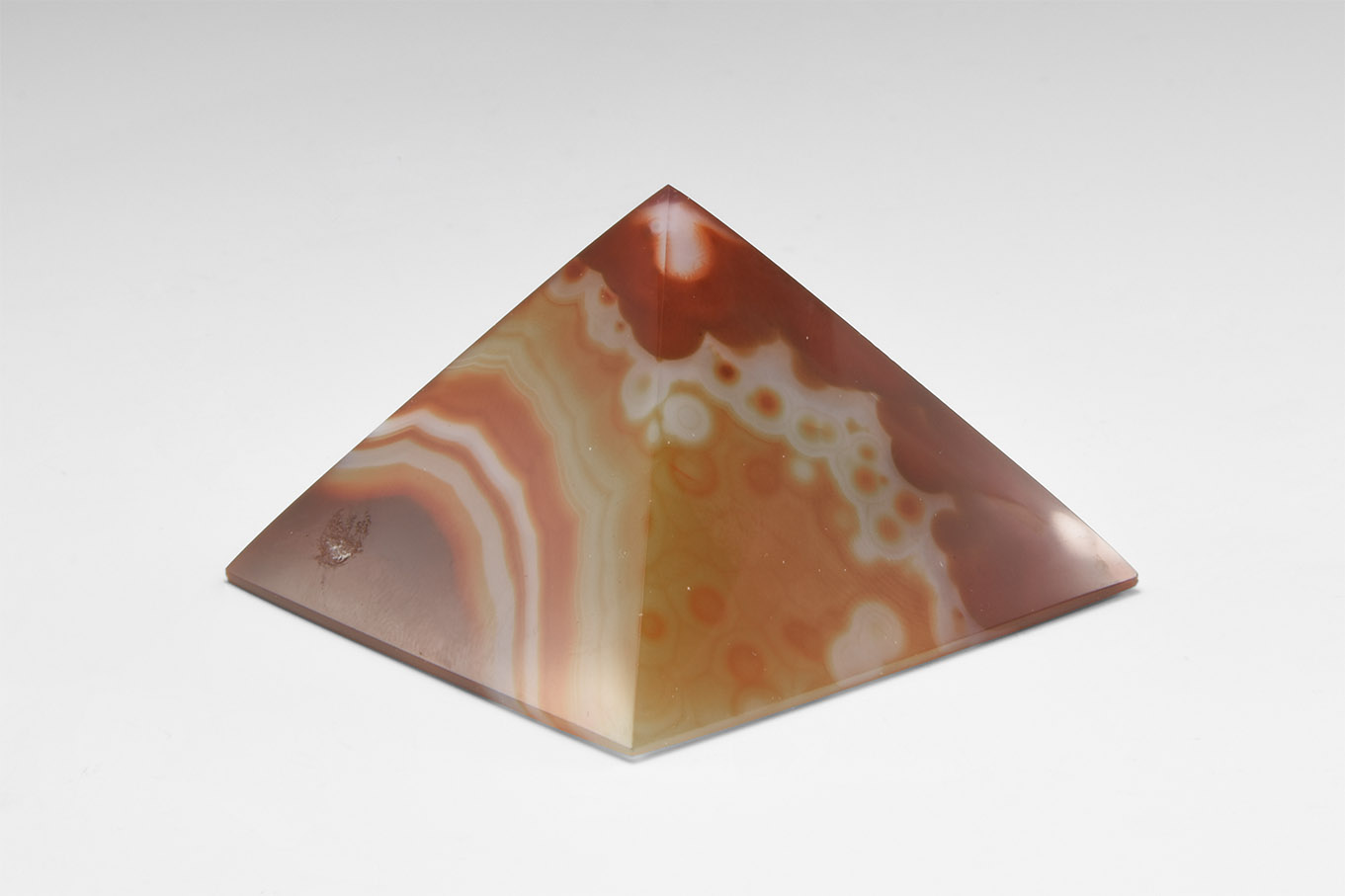
Testen Sie LotSearch und seine Premium-Features 7 Tage - ohne Kosten!
Lassen Sie sich automatisch über neue Objekte in kommenden Auktionen benachrichtigen.
Suchauftrag anlegen